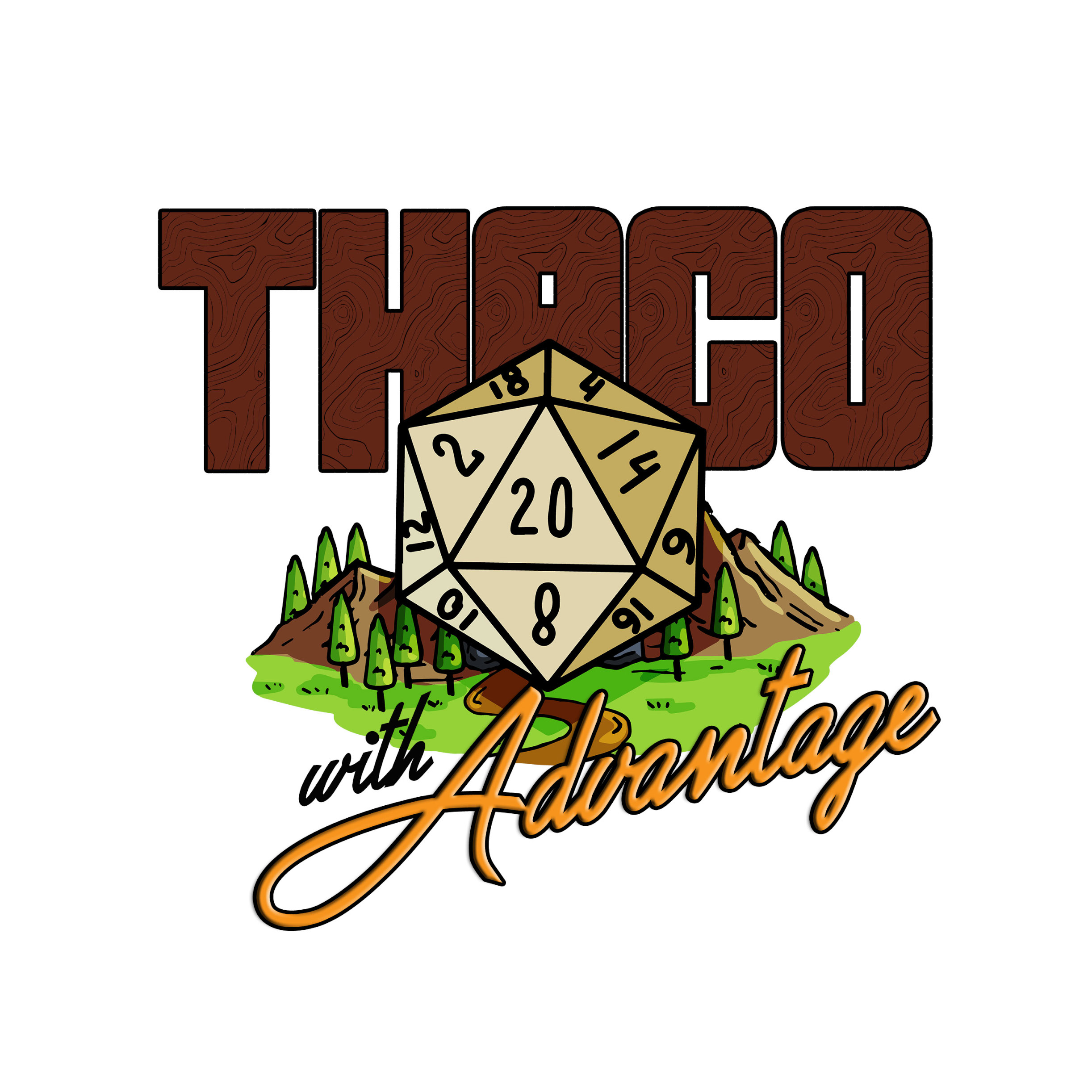Thac0 with Advantage 78. Player Character Death
Description
Welcome to THAC0 . . . with Advantage! We’re two friends that have been playing D&D a long time. While we both love lots of other RPGs, D&D still isn’t on its last breath.
Only two things in life are certain. Death and Taxes. Or in D&D, Death Saves and Upkeep rules. In this episode, we’re going to look at character death. How should you handle it? Can you run a game without it? How does it affect the stakes of your game? What does it mean to have a meaningful death in the game? We’re going to teeter on the boundary between life and death today in this episode of THAC0 w/ Advantage.
From the Bardic College
In OD&D, at zero hit points meant death. But people developed an affection for words on a character sheet. It wasn’t long before an alternative developed. In the AD&D 1e DMG, negative hit points were introduced as an optional rule. You didn’t die until you reached -10 hit points, losing one hit point per round until healed or stabilized. Regardless of magical healing, you were out of commission for a week afterward. AD&D 2e changed this recovery time to 24 hours, but you also lost all of your prepared spells. D&D 3e introduced the disabled state if you landed on exactly 0 hit points. You could lie there and do nothing, or start bleeding out after taking an action. But if you want to see the precursor to D&D 5e’s Death Saves, you need to look at the D&D Rules Cyclopedia, the collected BECMI era rules, which introduced the idea that if you dropped to 0 hit points, you could make a save versus Death. If you made the save, you had 10 minutes of additional life, as long as you didn’t take any more damage. But if you failed, the next thing your character would hear is dialogue in all caps. DON’T THINK OF IT AS DYING, JUST THINK OF IT AS LEAVING EARLY TO AVOID THE RUSH.





